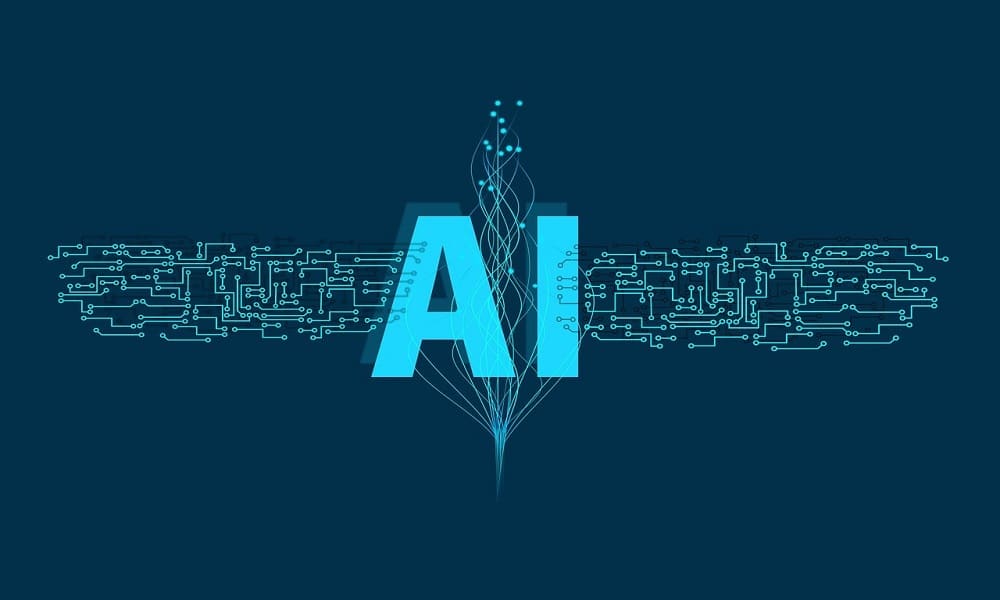The active use of various technologies characterizes the modern world. Artificial intelligence is becoming an integral part of a successful business. Choosing the right AI platform is difficult for ordinary people who need help understanding this issue sufficiently.
Experts recommend paying attention to the AutoAI platform, which RapidCanvas developed. It provides effortless interaction with your AI solutions. You will receive scalable, interoperable, and integrated solutions.
Defining Goals and Objectives
You need to define the goals and objectives of your business clearly. Such information allows you to understand what functions the artificial intelligence platform should perform. The choice should be made based on:
- what problems do you want to solve with AI;
- what processes require automation;
- what results you expect from the software.
The above points will help narrow down the range of offers available to business owners today. You can focus on those options that best suit your individual needs and can best solve your problems.
Software Scalability Features
An AI platform’s scalability is an essential factor when choosing software. As your business grows, the platform must adapt to new scales, new volumes of data, and more complex tasks.
You should ensure that your chosen platform can grow with your company without a complete system replacement. Otherwise, you must constantly spend money acquiring new features or searching for new software.
Integration with Existing Systems
When choosing an artificial intelligence platform, you should consider how easily it can integrate with existing systems and tools. You can understand whether an AI platform is right for your business if you test it with:
- CRM systems;
- business analytics tools;
- ERM systems;
- data management systems.
A thorough check based on the above components will allow you to understand how capable the platform is of ensuring smooth operation and efficient exchange between different parts of your IT infrastructure.
How to Analyze Platform Functionality
When choosing an AI platform, it is essential to scrutinize each potential option’s functionality. It would be best if you made sure that the selected option offers a suitable set of tools and capabilities, namely:
- car equipment;
- computer vision;
- natural language processing;
- process automation;
- predictive analytics.
Choose the platform that best suits your needs. This way, you can ensure efficient use.
Rules for Evaluating the Usability of the Platform
An AI platform should be easy for you and your employees to use. An overly complex interface can cause confusion and stutter while working, negatively affecting the efficiency of the workflow.
The platform should have an intuitive interface that lets you quickly get used to the available tools and does not raise additional questions for your employees. It must also have detailed documentation. With its help, you can control all processes.
An important aspect to consider when choosing a platform is the ability to learn without deep technical knowledge. Otherwise, you will face additional costs for training employees with updates. Having ready-made templates and examples of their use will be a significant advantage.
Choose a platform that allows your team to get up to speed with artificial intelligence quickly. Only then will you be able to use the software effectively for everyday tasks.
Why You Should Evaluate Support and Training
Support and training play an important role when selecting an artificial intelligence platform. These factors allow you to understand how much your staff will be provided with auxiliary tools and materials to quickly learn how to work correctly and effectively with the new program.
You should check availability:
- operational technical support;
- training courses and webinars;
- detailed documentation and user manuals;
- active user community and forums.
Good support and training will help your team get up to speed on the platform and better resolve issues that may arise in the future. Therefore, this essential factor and stage of testing a potential product should be considered as support and training.
Testing Phase and Pilot Projects
A practical assessment of the platform’s performance is a significant step that allows you to ensure that the theoretical information received corresponds to reality. Only in practice will you understand whether the chosen option suits you and whether everything is really smooth.
Feel free to request platform testing because you can only give the product a practical assessment. You need:
- Request a demo or trial period.
- Conduct pilot projects with a few of the most suitable platforms.
- Evaluate the results of pilot projects and collect feedback from your team.
This way, you can practically evaluate the artificial intelligence platform’s capabilities and suitability for your requests and needs.
Conclusion
Choosing the right AI platform can be crucial to your business’s success. It would help to be careful when selecting a product because implementing artificial intelligence is a long-term investment. A cautious approach to choosing a platform will pay off in the future, increasing your business’s efficiency and competitiveness.
Pay attention to the RapidCanvas product. The AutoAI platform allows you to automate the entire life cycle of artificial intelligence. Automation has all the tasks you need to manage and run your business effectively. A wide settings tool will enable you to adapt the platform to your needs.


